The genome of our closest relative, the Neandertal, was sequenced
On May 7, 2010, in a paper released in Science, an international consortium announced sequencing the genome of…

On May 7, 2010, in a paper released in Science, an international consortium announced sequencing the genome of…

On Apr. 29, 2010, Stanford University of researchers announced they had have used a healthy person’s complete genome…

On Jan. 25, 2010, St. Jude Children’s Research Hospital and Washington University School of Medicine launched a $65…

In 2010, the Autism Sequencing Consortium (ASC) was founded by founded by Joseph D. Buxbauman and an international…

On Nov. 9, 2009, The Global Cassava Partnership (GCP-21) — a team of academic, government and industry researchers…

On Nov. 2, 2009, an international consortium lead by Larry Schook at the University of Illinois in Champaign…

On Nov. 1, 2009, an international consortium lead by Chinese and U.S. institutions announced they had sequenced the…

On Mar. 11, 2009, researchers announced they had DNA evidence that the two individuals recovered from the 2007…
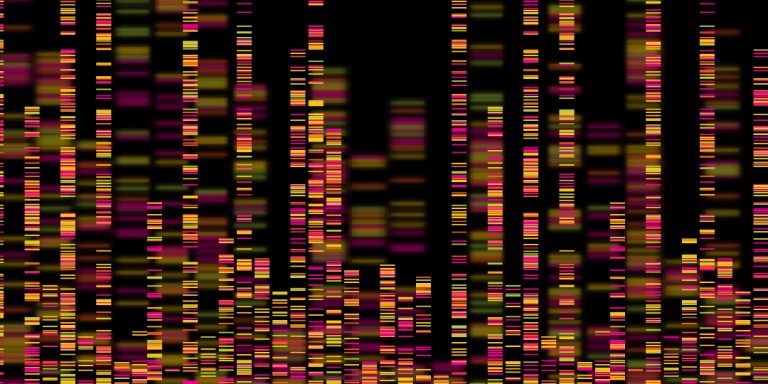
On Nov. 5, 2008, Siteman Cancer Center and The Genome Center researchers Timothy J. Ley, MD, Elaine Mardis,…

On Oct. 22, 2008, Merck announced it was closing its Rosetta Research Center and would layoff 300 employees…

On Sept. 2008, a narrow region on chromosome 15 contains genetic variations strongly associated with familial lung cancer,…

On Sept. 4, 2008, the Cancer Genome Atlas reported first results of comprehensive study of brain tumors. This…

On Sept. 4, 2008, Eli and Edythe Broad gave an unprecedented gift of $400 million to permanently endow…

On Apr. 29, 2008, National Cancer Institute (NCI) researchers identified a pattern of gene activity in mice that…
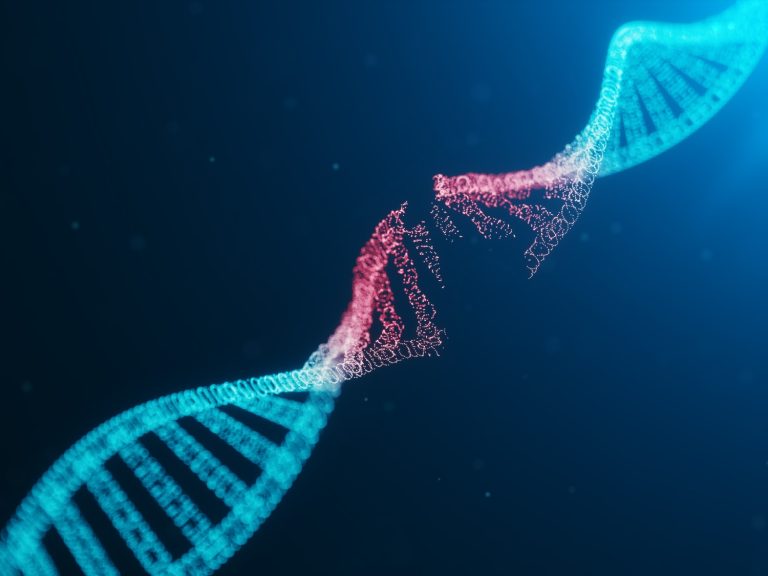
On Mar. 6, 2008, DNA mutations found in a type of non-Hodgkin lymphoma that has a poor prognosis…
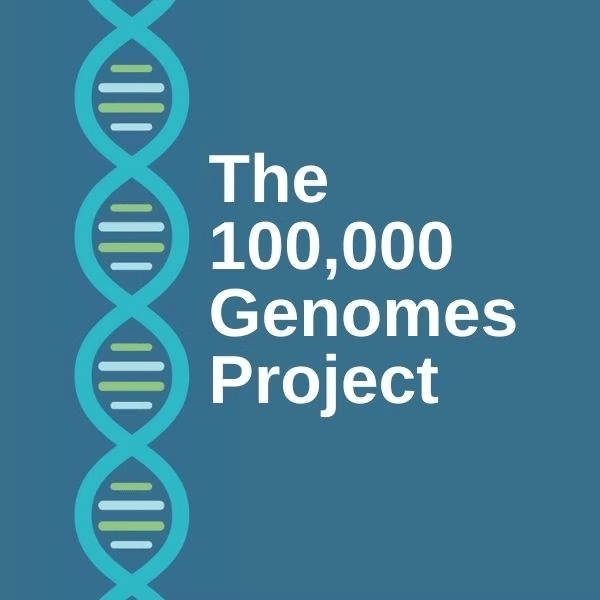
On Jan. 22, 2008, an international research consortium announced the 1000 Genomes Project, an ambitious effort that involved…

On Dec. 19, 2007, the Human Microbiome Project (HMP), a $150 million initiative, was established by the National…

On Nov. 5, 2007, National Institutes of Health (NIH) Director Francis Collins received the National Medal of Science…
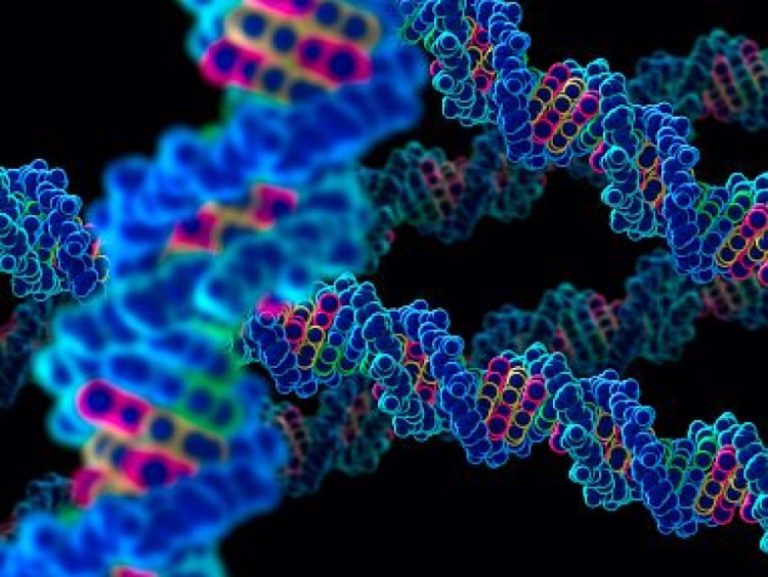
On Oct. 29, 2007, the International HapMap Consortium announced it had published an analyses of its second-generation map…
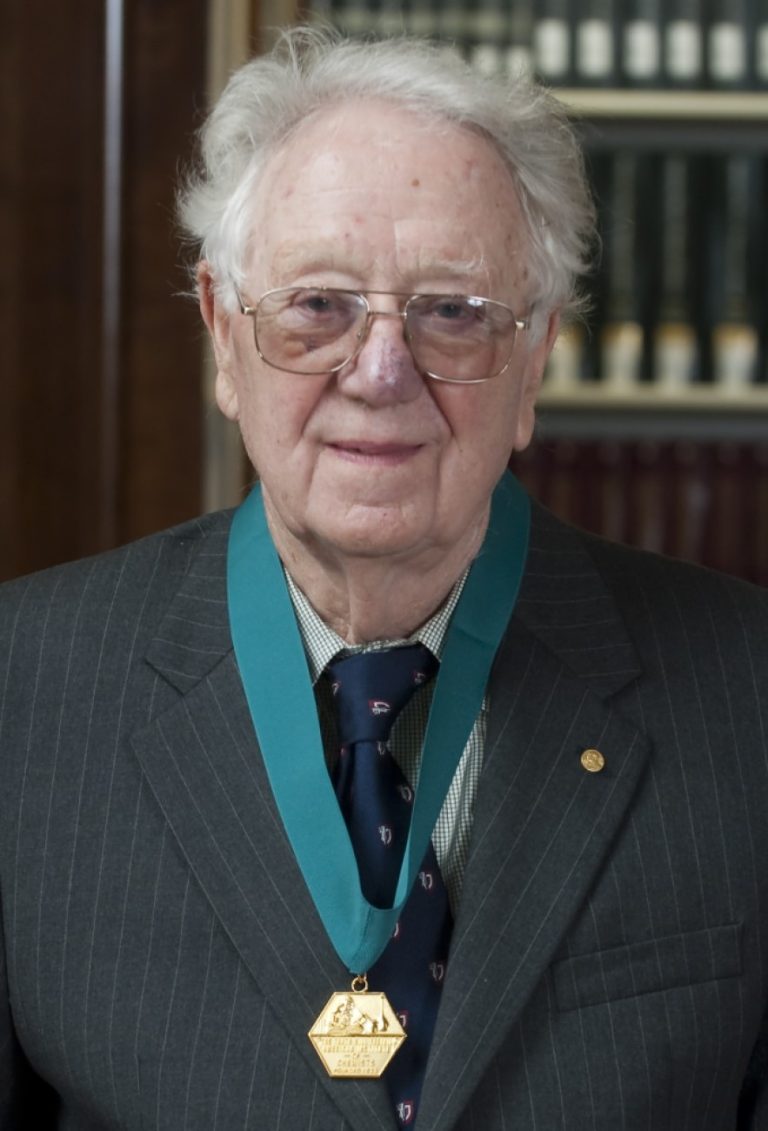
On Oct. 8, 2007, the Nobel Prize in Physiology or Medicine was awarded jointly to Oliver Smithies from…

On Aug. 20, 2007, researchers from Stanford University announced they had identified a pattern of gene expression shared…
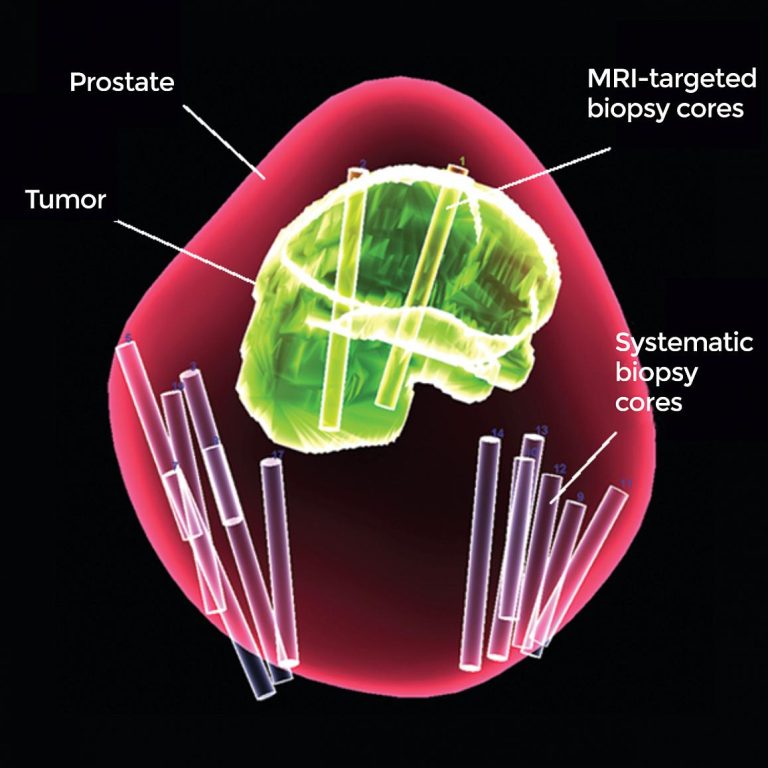
On Apr. 1, 2007, National Cancer Institute (NCI) researchers reported that a variation in a portion of DNA…

In Jan. 2007, the sequencing of the horse genome project was completed. The initial goal of the Horse…
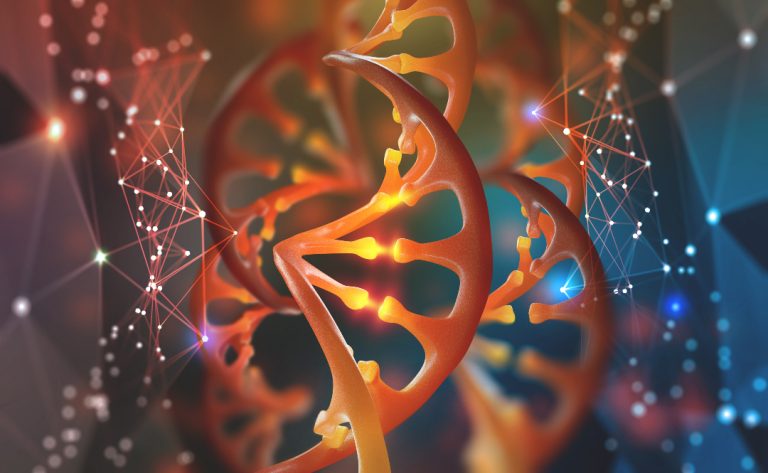
On Nov. 20, 2006, the Genome Sequencing Center at Washington University School of Medicine in St. Louis announced…

On Oct. 19, 2006, the National Cancer Institute released new data from the Cancer Genetic Markers of Susceptibility…

On Oct. 16, 2006, the Cancer Genome Atlas program, created by National Cancer Institute and the National Human…

On Sept. 28, 2006, the Virginia Bioinformatics Institute (VBI) opened its new office complex in the National Capital…

On Aug. 23, 2006, the Sandia Center for Integrated Nanotechnologies facility (CINT) was dedicated. Designed as a national…

On Feb. 23, 2006, groundbreaking was held for the first building of the North Carolina Research Campus (NCRC),…

In 2006, Texas Biomed researchers published a genetic linkage map for the rhesus monkey. In 1999, Texas Biomed…